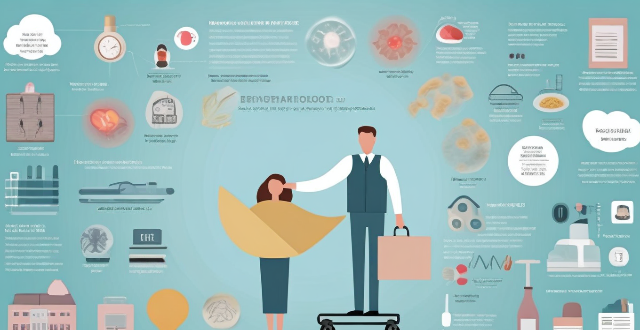Women can experience a range of mental health issues throughout their lives, with some conditions being more commonly reported among them. These include depression, anxiety disorders, eating disorders, posttraumatic stress disorder (PTSD), perinatal depression and anxiety, premenstrual dysphoric disorder (PMDD), and borderline personality disorder (BPD). The prevalence and presentation of these issues can be influenced by cultural, societal, and biological factors, as well as access to care and societal stigma.

Mental Health Issues Faced by Women
Women, like men, can experience a wide range of mental health issues throughout their lives. However, there are some conditions that are more commonly reported among women. These include:
1. Depression
- Symptoms: Persistent sadness, loss of interest in activities, changes in appetite or weight, sleep disturbances, loss of energy, feelings of worthlessness or guilt, difficulty concentrating, and thoughts of self-harm or suicide.
- Prevalence: Depression is approximately twice as common in women than in men.
- Risk Factors: Hormonal changes, pregnancy, postpartum period, menopause, chronic illnesses, and stressors such as relationship issues or financial difficulties can contribute to depression in women.
2. Anxiety Disorders
- Symptoms: Excessive worry, restlessness, fatigue, difficulty concentrating, irritability, muscle tension, and sleep disturbances.
- Types: Generalized Anxiety Disorder (GAD), Panic Disorder, Social Anxiety Disorder (Social Phobia), and Specific Phobias.
- Prevalence: Women are almost twice as likely as men to be affected by anxiety disorders.
3. Eating Disorders
- Types: Anorexia Nervosa, Bulimia Nervosa, Binge Eating Disorder, and Other Specified Feeding or Eating Disorder (OSFED).
- Symptoms: Intense fear of gaining weight, distorted body image, extreme weight control measures, binge eating episodes followed by purging behaviors (in bulimia), and severe calorie restriction (in anorexia).
- Prevalence: Eating disorders predominantly affect females during adolescence and young adulthood.
4. Posttraumatic Stress Disorder (PTSD)
- Symptoms: Intrusive memories, avoidance of reminders of the event, negative changes in mood or thoughts, and hyperarousal.
- Triggers: Women may develop PTSD after experiencing or witnessing a traumatic event such as physical or sexual assault, serious accidents, or natural disasters.
- Prevalence: Women are more than twice as likely as men to experience PTSD at some point in their lives.
5. Perinatal Depression and Anxiety
- Timing: These conditions can occur during pregnancy (antenatal) or after childbirth (postnatal).
- Symptoms: For perinatal depression, symptoms are similar to major depressive disorder but can also include feelings of guilt about not bonding with the baby. Perinatal anxiety involves excessive worry about the baby's health, well-being, or the parent's ability to care for the baby.
- Prevalence: Around 10-20% of new mothers experience postpartum depression, while perinatal anxiety affects up to 15% of pregnant people and new parents.
6. Premenstrual Dysphoric Disorder (PMDD)
- Symptoms: Severe mood swings, irritability, anger, or dysphoria (sadness or despair) that significantly affect daily life during the week before menstruation starts, which stops soon after menstruation begins.
- Prevalence: Affects approximately 3-8% of women of reproductive age.
7. Borderline Personality Disorder (BPD)
- Symptoms: Unstable personal relationships, intense fears of abandonment, impulsive behaviors, emotional instability, and often intense anger.
- Prevalence: While BPD can affect both genders, it is more commonly diagnosed in women.
It's important to note that cultural, societal, and biological factors can influence the prevalence and presentation of these mental health issues in women. Moreover, access to care, societal stigma, and other barriers can impact how and when women seek help for these conditions.